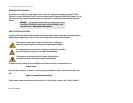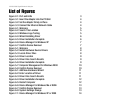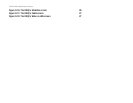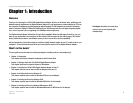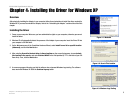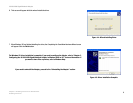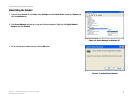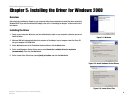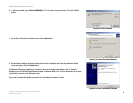
10/100/1000 Gigabit Network Adapter
Figure 7-2: General Tab for Windows XP or 2000 14
Figure 7-3: Advanced Tab for Windows XP or 2000 15
Figure 7-4: Driver Tab for Windows XP 15
Figure 7-5: Resources Tab for Windows XP or 2000 16
Figure 7-6: Power Management Tab for Windows XP 16
Figure 8-1: Device Manager for Windows Me or 98SE 17
Figure 8-2: General Tab for Windows Me or 98SE 17
Figure 8-3: Driver Tab for Windows Me or 98SE 18
Figure 8-4: Resources Tab for Windows Me or 98SE 18
Figure 8-5: Power Management Tab for Windows Me or 98SE 19
Figure 9-1: Select Windows Operating System 20
Figure 9-2: Welcome Screen 20
Figure 9-3: Destination Location 21
Figure 9-4: InstallShield Wizard Complete 21
Figure 9-5: Power Management Tab for Windows Me or 98SE 21
Figure 9-1: The Utility’s Icon 22
Figure 9-2: The Utility’s menu 22
Figure 9-3: Opening the Utility from the Programs menu 22
Figure 9-4: The Utility’s General screen 22
Figure 9-5: The Utility’s VLAN screen 23
Figure 9-6: The Utility’s Driver screen 23
Figure 9-7: The Utility’s Driver - 802.1p/Q Tagging - screen 23
Figure 9-8: The Utility’s Driver - Flow Control - screen 24
Figure 9-9: The Utility’s Driver - Jumbo Frame - screen 24
Figure 9-10: The Utility’s Driver - Link Speed/Duplex Mode - screen 24
Figure 9-11: The Utility’s Driver - Network Address - screen 25
Figure 9-12: The Utility’s Driver - Offload Checksum - screen 25
Figure 9-13: The Utility’s Driver - Offload TCP_Large Send - screen 25
Figure 9-14: The Utility’s Diagnostics screen 26
Figure 9-15: The Utility’s Diagnostics - Send and Receive test - screen 26




